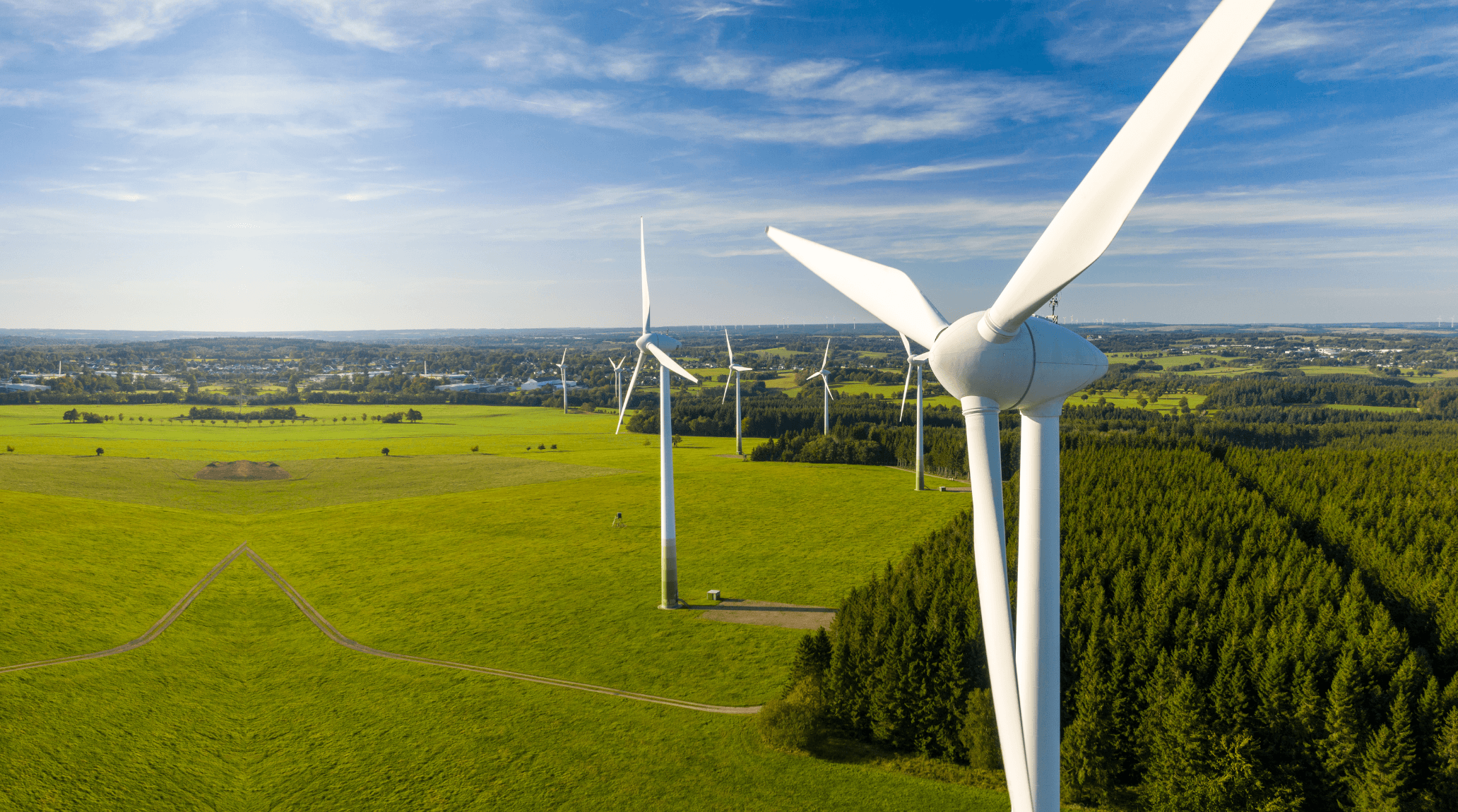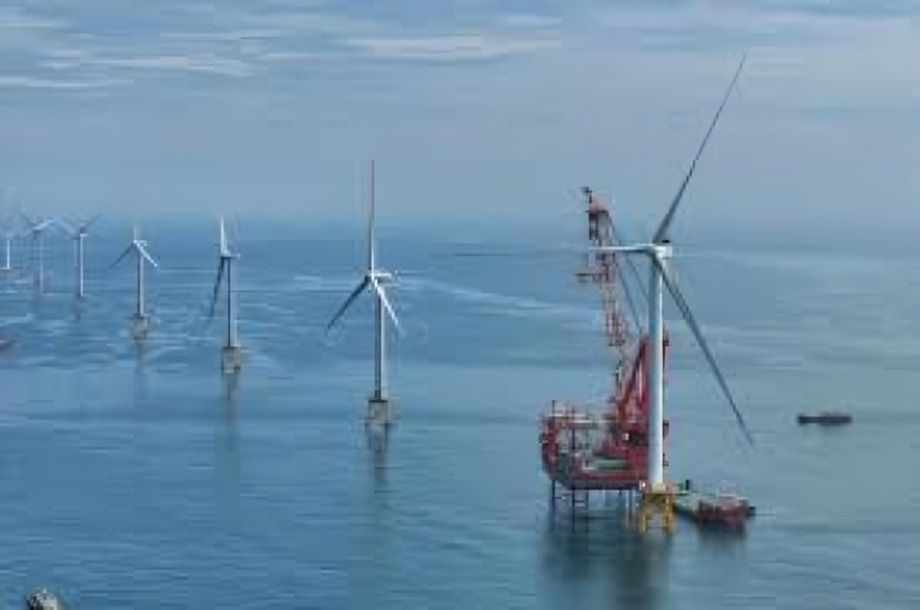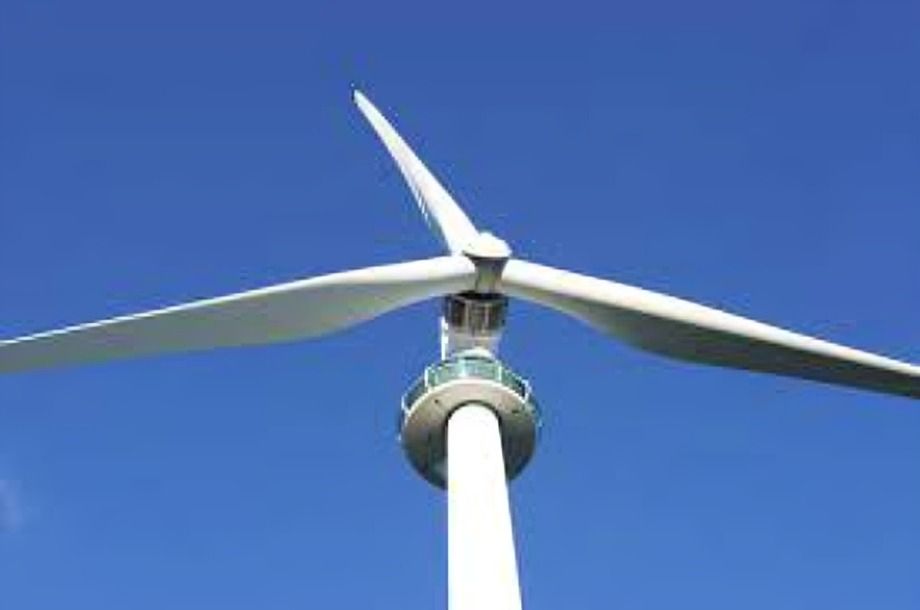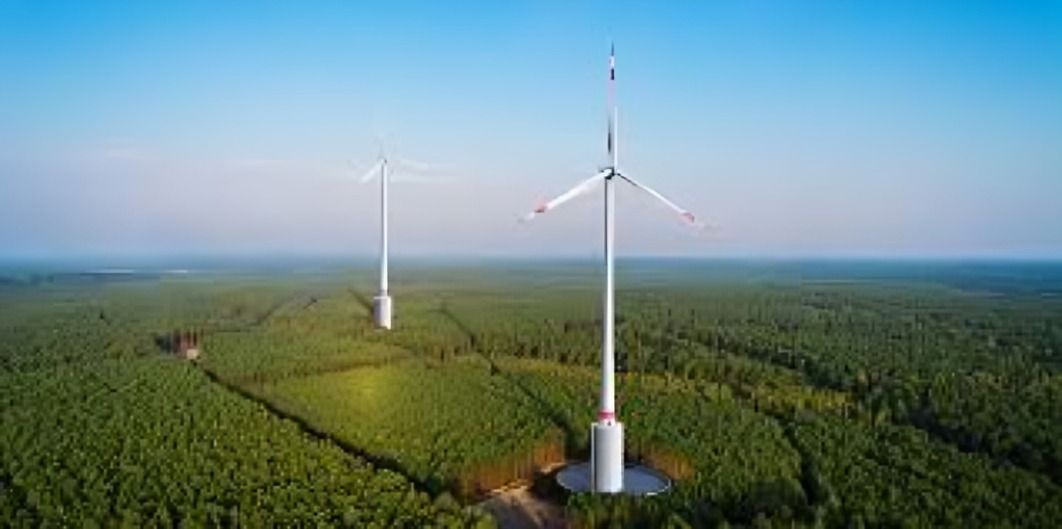
“
Wind energy is one of the most promising sources of renewable energy today. Its ability to generate power without emitting harmful pollutants makes it a crucial component in the fight against climate change. As technology advances, wind power continues to grow in efficiency and popularity. In this blog, we will explore 20 fascinating facts about wind energy that highlight its importance and potential.1
1
”
Wind energy dates back millennia, used by ancient civilizations to power boats and grind grain. Today, it's a modern marvel driving electricity production worldwide. 1

The largest wind turbine boasts a rotor diameter exceeding two football fields, showcasing the scale of modern wind technology. This engineering feat harnesses powerful winds to generate clean, renewable electricity.
Wind turbines operate in over 90 countries, harnessing nature's power to generate electricity sustainably. This global footprint underscores wind energy's versatility and its crucial role in diverse energy landscapes.2
The first electricity-generating wind turbine was erected in Scotland in 1887, marking a historic milestone in renewable energy. Since then, technological advancements have propelled wind power into a cornerstone of the renewable energy revolution. 3
Wind turbines can handle strong winds but will stop turning if speeds exceed 90 km/h as a safety measure. Coral Bay Wind Farm, opened in 2007, was the first in WA with turbines that can be lowered during extreme weather. 4
Leading offshore wind farms can power over 600,000 homes, demonstrating the scalability and impact of wind energy projects. This substantial output underscores wind power's capacity to provide reliable, clean electricity to communities globally.5

A wind turbine blade can reach 90 meters in length, about the size of two Olympic swimming pools. Picture this massive structure spinning high in the sky, capturing the wind's energy.
Wind energy is indirectly powered by the sun, as differential heating of the Earth's surface creates atmospheric movement—the driving force behind wind. This synergistic relationship underscores the interconnectedness of renewable resources. 6
Modern wind turbines are designed to operate for 20-25 years or more, contributing to sustainable energy solutions with minimal environmental impact. Their durability and efficiency make them a reliable investment in renewable energy infrastructure. 7

Wind turbine towers can reach impressive heights, often as tall as the Statue of Liberty. These towering structures harness wind energy efficiently, converting it into electricity.
The MySE 16-260, the world's largest wind turbine by Mingyang Smart Energy, features a 260-meter rotor and 123-meter blades. Installed offshore in Pingtan, China, it generates 16 megawatts and was grid-connected on July 18, 2023. 8
Turbines typically begin generating electricity at wind speeds of 4-5 meters per second, optimizing energy production across varying conditions. This adaptability ensures consistent performance and reliability in energy generation.9
Despite their seemingly simple appearance, wind turbines are highly complex machines with approximately 8,000 individual parts working together to generate power efficiently. 10
The Jiuquan Wind Power Base in Gansu, China, aimed for 20 GW capacity by 2020, reaching 5.36 GW by 2012. The project spans over 200 km and is part of a plan for seven 10 GW facilities, benefiting from high wind density.11
Some turbines incorporate bird-safe features, such as UV-reflective paint on blades and increased spacing between turbines, mitigating environmental impacts. These measures balance renewable energy expansion with wildlife conservation efforts. 12
China leads the world in wind power generation. In 2018, it had 184,665 MW of installed capacity, producing 366,452 GWh of electricity, according to the International Renewable Energy Agency. 13
Wind power plays a crucial role in reducing greenhouse gas emissions, supporting global efforts to combat climate change. Its clean energy production helps mitigate environmental impacts and fosters a sustainable future. 14
An average U.S. wind turbine can annually power approximately 1,500 homes, highlighting its substantial contribution to local energy needs. This direct impact underscores wind energy's role in enhancing energy security and affordability. 15
Wind energy operations produce no air or water pollution during their lifecycle, offering a cleaner alternative to fossil fuel-based power generation. This environmental benefit promotes healthier ecosystems and reduces human impact on natural resources. 16
On September 1, 2023, the Goldwind GWH252-16MW turbine at Zhangpu Liuao Offshore Wind Farm set a record by generating 384.1 MWh in a day. With a 252-meter rotor, it held the largest wind turbine title until July 2023, boosted by Typhoon Haikui. 17


